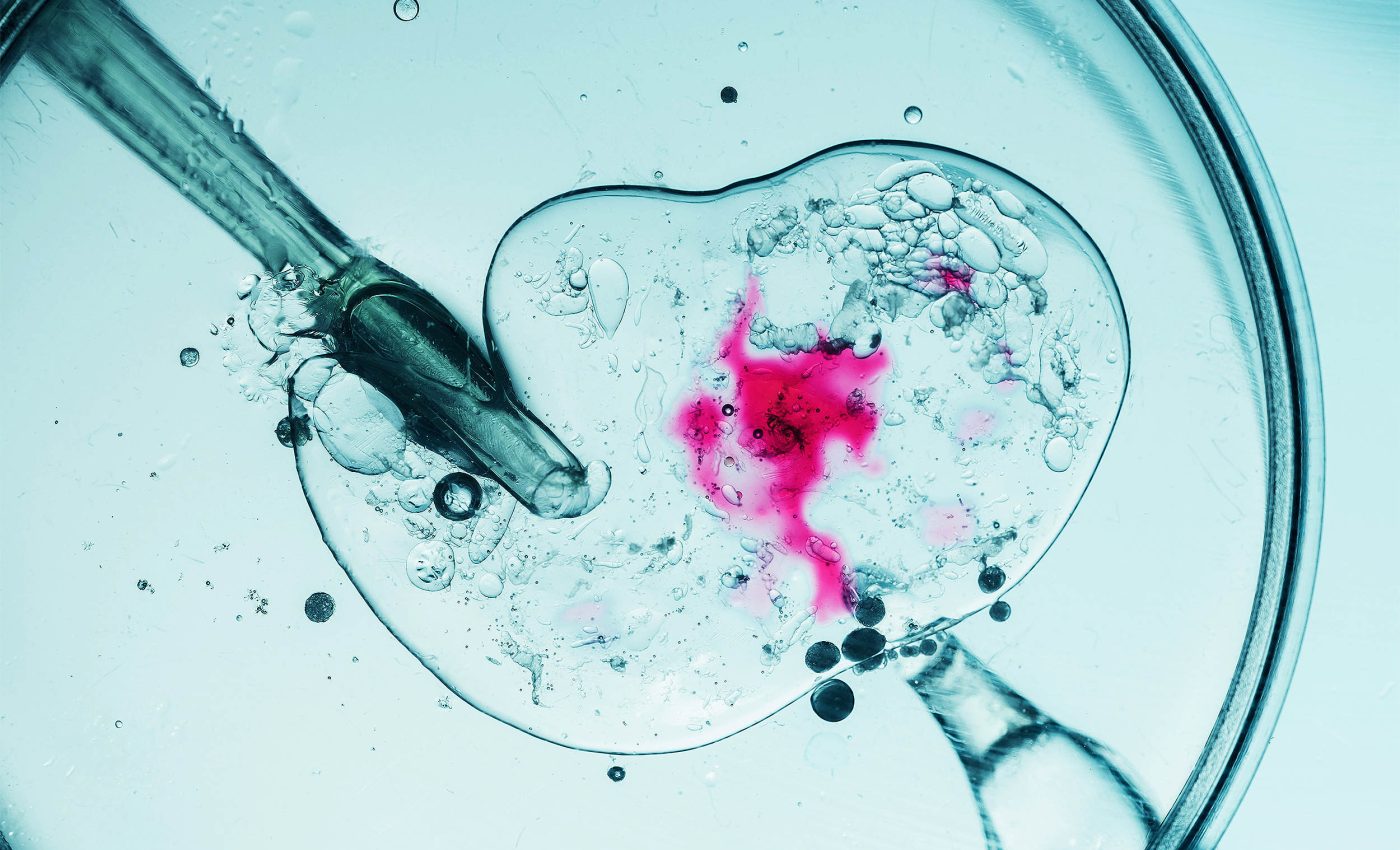
Scientists create human eggs from skin cells in major infertility breakthrough
Human eggs made from a volunteer’s skin DNA were fertilized in the lab on September 30, 2025, and some grew for nearly a week.
A peer-reviewed study reports that early embryos formed, although most stalled because their chromosomes did not sort cleanly.
The work is exciting for biology and sobering for medicine. The team stresses it is far from clinic-ready, and the road ahead is long and technical.
The research was led by Shoukhrat Mitalipov, director of the OHSU Center for Embryonic Cell and Gene Therapy (OHSU) and colleagues at Oregon Health & Science University.
Skin cells creating human eggs
The researchers used somatic cell nuclear transfer to put the nucleus from an adult skin cell into a donor human egg whose own nucleus had been removed. That cloning step echoes the approach behind Dolly, the sheep.
In both cases, scientists used a body cell to reset development, proving that mature DNA can be reprogrammed to act as if it came from a newly formed egg. They then pushed this hybrid egg to act like a natural egg.
The egg’s cytoplasm helped trigger a special, experimental division that the group calls mitomeiosis, which aims to cut the skin cell’s 46 chromosomes down to 23 and prepare the egg for fertilization.
Fertilization followed by electrical pulses and a cell cycle drug helped eggs shed extra chromosomes. The team watched chromosomes line up, move, and sometimes mis-segregate, then checked which ones remained using targeted sequencing.
The role of chromosomes
Natural eggs are haploid, carrying one set of chromosomes, while most body cells are diploid, carrying two sets.
Slicing an everyday genome in half is not just a numbers game; it requires precise pairing and separation that human eggs normally handle during meiosis.
When this process goes wrong, embryos can carry too many or too few chromosomes, a condition known as aneuploidy. The risk of aneuploidy rises with maternal age and is a major cause of early pregnancy loss.
Pros and cons of egg fertilization
The key technical win was showing that a skin cell nucleus can be forced to divide in a way that discards chromosomes and leaves an egg-like cell ready for sperm.
Sequencing confirmed that some eggs kept roughly half the skin cell’s chromosomes and that sperm chromosomes could integrate with them after fertilization.
The main limitation showed up immediately. Chromosome segregation looked random, not the carefully choreographed pairing seen in true meiosis, and embryos often arrested after only a few divisions.
The study tracked these errors and found that even embryos that made it to the blastocyst stage carried imbalances.
Creating eggs with stem cells
Cloning produces an embryo with nuclear DNA from one donor. Here, the goal was an egg that could combine with sperm so two people could contribute nuclear DNA, which is what many families want.
The cloning toolkit still mattered. The first step, nucleus transfer, is the same trick that enabled Dolly in 1997, but the outcome is different because fertilization introduces a second genetic parent.
Creating mouse eggs in a dish has been possible for years using stem cells, and those eggs can make healthy pups under the right conditions. That success outlines what still needs to be solved for people.
In mice, scientists reconstituted the egg’s life cycle from stem cells and demonstrated fertile offspring.
Human eggs, by contrast, must coordinate a vast, slow choreography of pairing and recombination that likely depends on factors missing in this new shortcut.
Important breakthrough for patients
If chromosome control can be tamed, in vitro gametogenesis (IVG) could help women who no longer have viable eggs, after cancer therapy or age-related decline.
It could also enable personalized treatments that use a patient’s own cells to restore fertility without relying on donor eggs or embryos.
Any real use would require strict oversight and careful consent. Donor eggs are still needed for the current procedure, and genetic screening would have to confirm that embryos carry the right chromosome sets before any clinical step.
“Nature gave us two methods of cell division, and we just developed a third,” said Shoukhrat Mitalipov, director of the OHSU Center for Embryonic Cell and Gene Therapy. The comment captures both the ambition and the risk, since new cell cycle routes can misfire.
“This technology has made a significant breakthrough in halving the human genome,” said Katsuhiko Hayashi of the University of Osaka (UO). He also noted a practical drawback, that this approach needs donor eggs, unlike some stem cell routes his field explores.
Hurdles for skin cells from eggs
Random segregation shows that mitomeiosis did not recreate meiosis’s pairing and recombination steps.
That means the skin cell’s 23 pairs did not consistently split into balanced singles, which is why embryos ended up with extra or missing chromosomes.
Fixing that will likely require engineering the egg environment so homologous chromosomes find and pair correctly and, possibly, reintroducing recombination proteins at the right time.
It is a tall order, but the data provides a map of what is missing.
Future research directions
Researchers will test ways to guide pairing, perhaps by altering activation timing, checkpoint signals, or chromatin states in the incoming nucleus.
They will also try to replace donor eggs in future versions, since needing donor eggs limits access and complicates ethics.
Regulators and ethicists will track consent issues around cell sources and embryo culture limits. Clinicians will ask whether any future embryos from this method can meet the safety bar that standard IVF requires before transfer.
The study is published in Nature Communications.
—–
Like what you read? Subscribe to our newsletter for engaging articles, exclusive content, and the latest updates.
Check us out on EarthSnap, a free app brought to you by Eric Ralls and Earth.com.
—–













